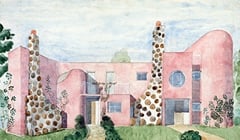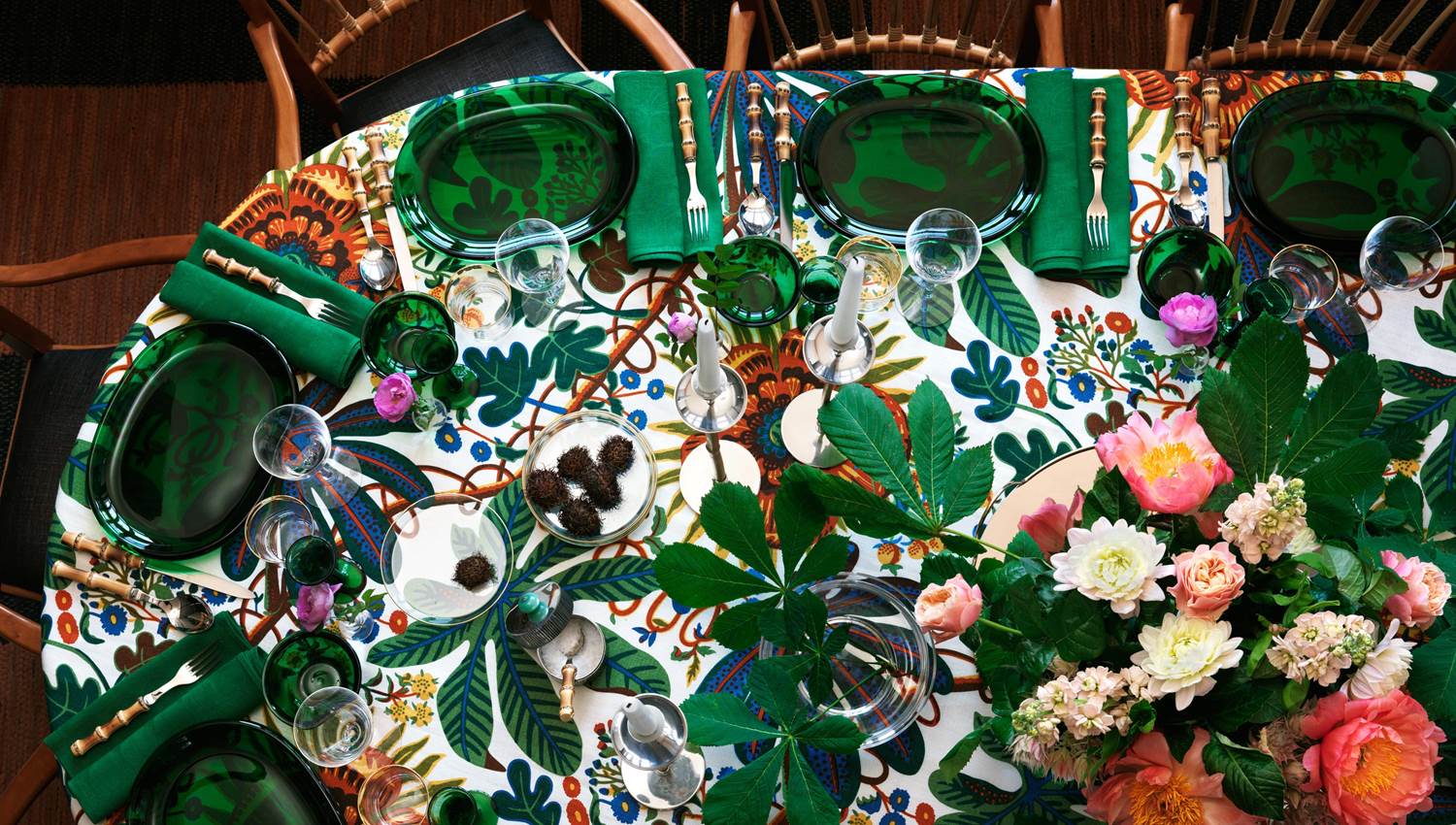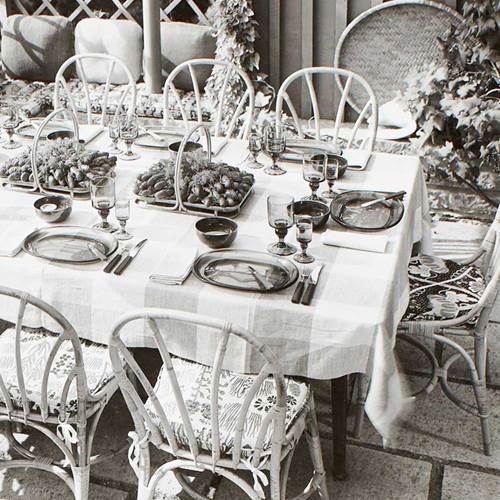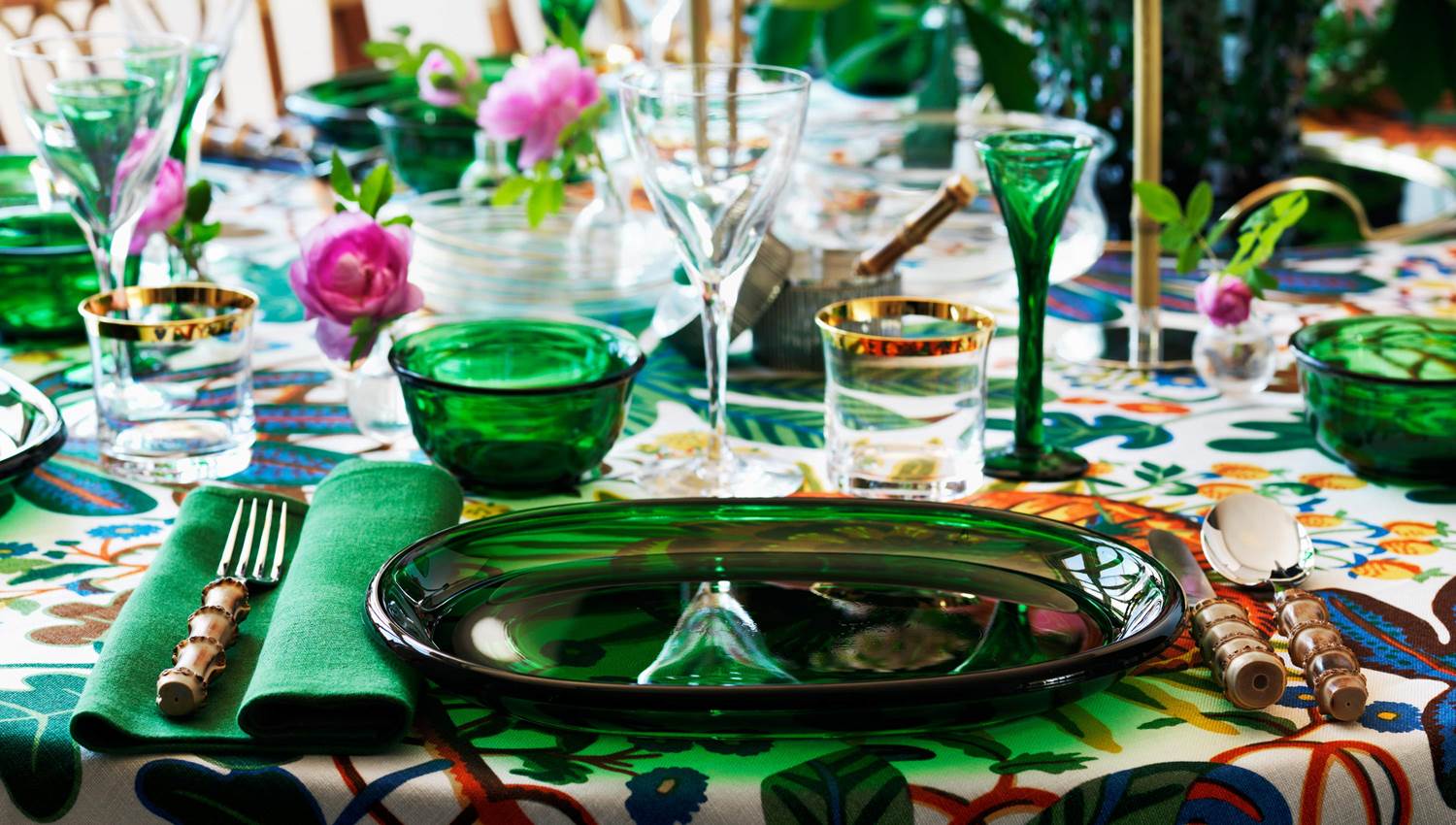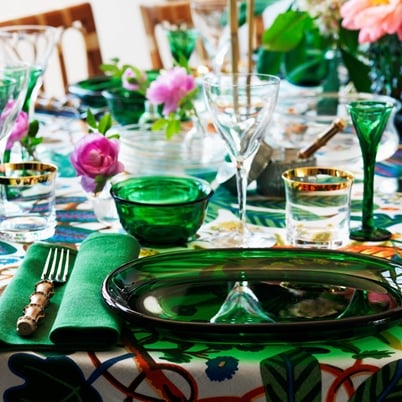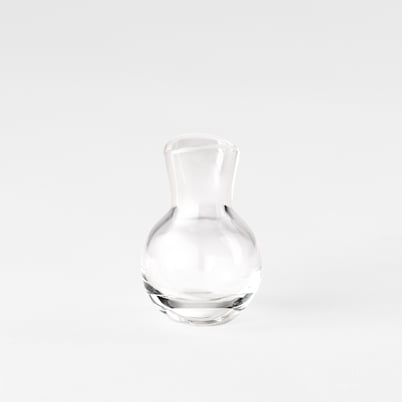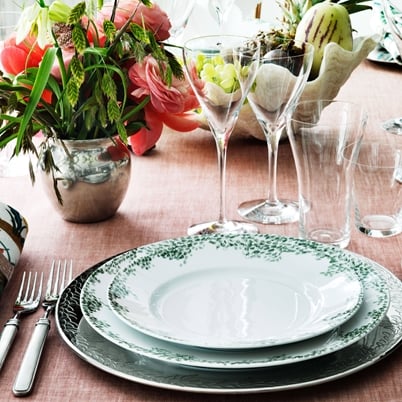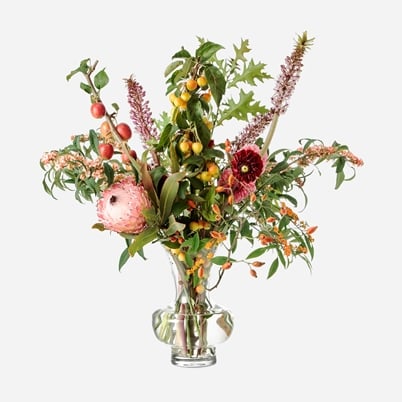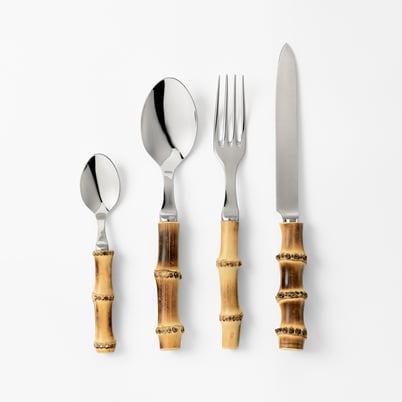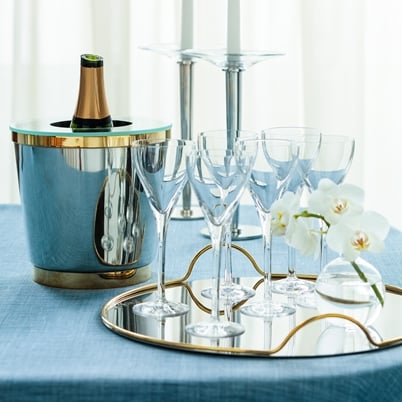In December 1933, Estrid Ericson held her first major exhibition at Svenskt Tenn. It was entitled Bord, duka dig (Table, lay yourself) and represented a completely new departure in the art of laying a table. The reviewers talked of “a remarkable imagination”; tables were laid in radically different styles and for vastly different contexts, but in general they were characterized by pure, unadorned forms. Materials such as pewter, ceramics, silver and glass were allowed to shine by themselves, which produced particular qualitative effects, according to the visitors. Estrid Ericson was still restrained in her use of colours. But this was to change in 1934, when Josef Frank joined Svenskt Tenn and brought with him an increased use of colours and fabrics.
Svenskt Tenn's current product range for the dinner table is a mix of contemporary glass and porcelain and older design that was used even in Estrid Ericson's time. The oval glass saucer was designed by Josef Frank in the 1940s, and he created the bamboo candle holder in 1952 as a tribute to the exoticism of the 1800s. It represented a longing for the unknown and the dreams of distant lands.
Candle Holder Bamboo












